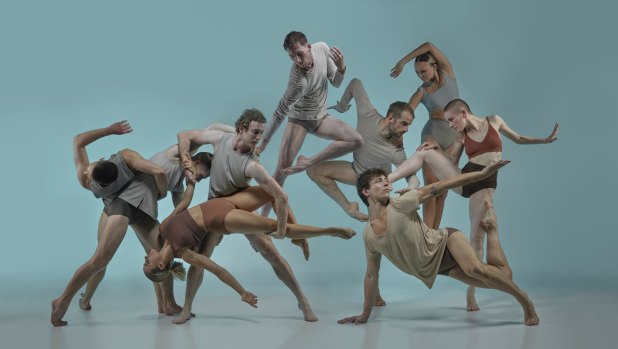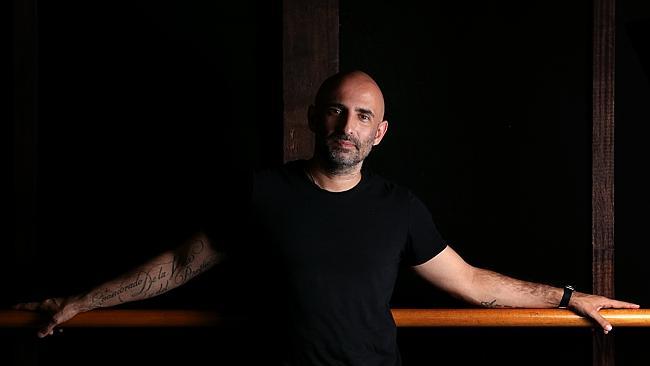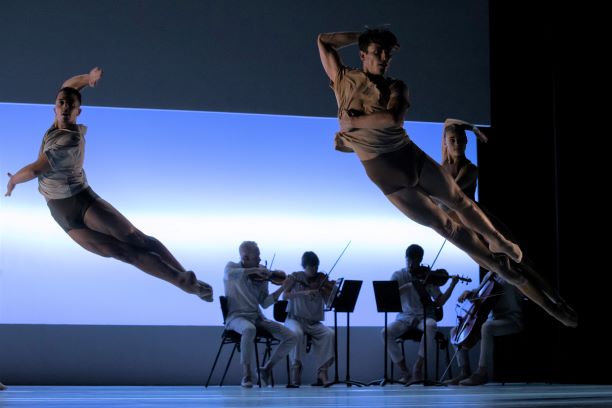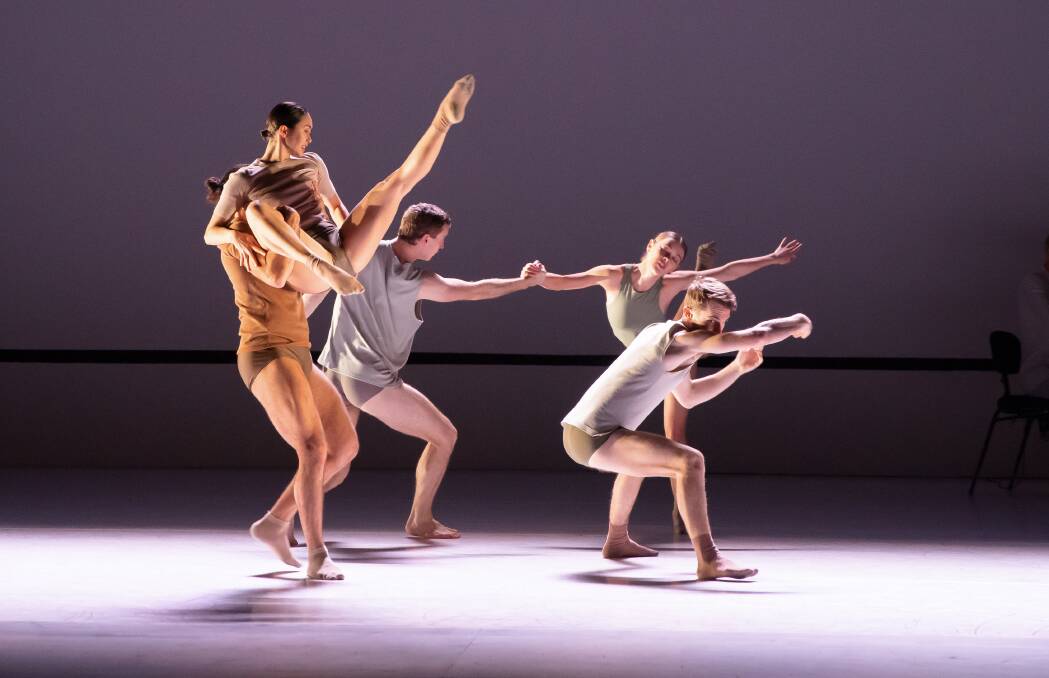 |
| My cake looks more like a huge apple fritter donut. |
I had some apples that were getting a little wrinkly/soft, as well as a bunch of individually packaged Smuckers honey. I wanted to bake something with those ingredients, and I came across this recipe from the Food Network. I hadn't used my bundt cake tin in a while, so I thought I'd try this one out.
Ingredients
For the Cake:
- 1 cup vegetable oil, plus more for the pan
- 3 cups all-purpose flour
- 1 teaspoon baking powder
- 3/4 teaspoon baking soda
- 1/2 teaspoon salt
- 1.5 teaspoons ground cardamom
- 1/2 teaspoon ground allspice
- 1/4 teaspoon ground nutmeg
- 1 cup honey (any kind)
- 3/4 cup granulated sugar
- 3 large eggs
- 1 teaspoon pure vanilla extract
- 3 apples (about 1 1/4 pounds), peeled and shredded
- 1/4 cup warm water
For the Glaze:
- 2 cups confectioners' sugar
- 3 tablespoons honey (any kind)
- 2 to 3 tablespoons water
Directions
- Preheat the oven to 350˚F. Brush a 12- cup nonstick bundt pan with vegetable oil. Whisk the flour, baking powder, baking soda, salt, cardamom, allspice and nutmeg in a large bowl.
- Combine 3/4 cup honey, the granulated sugar, vegetable oil and eggs in another large bowl; beat with a mixer on medium-high speed until light and fluffy, about 4 minutes. Stir in the vanilla. Reduce the mixer speed to low and beat in the flour mixture until just combined. Fold in the apples. Scrape the batter into the bundt pan. Bake until golden and a toothpick inserted into the center comes out clean, 50-55 minutes.
- Meanwhile, stir together the remaining 1/4 cup honey and the warm water in a small bowl. Remove the cake from the oven and brush with half of the honey mixture. Let the cake cool 20 minutes in the pan, then turn out the cake onto a rack. Brush the top of the cake with the remaining honey mixture and let cool completely.
- To make the glaze, whisk the confectioners' sugar, honey and 2 tablespoons water in a medium bowl until smooth. Add up to 1 tablespoon more water, if necessary, to thin out the glaze. Transfer the cake to a platter and drizzle with the glaze, letting it drip down the sides.
As per my usual, I did not make all the parts. I didn't bother with the glaze, and I didn't brush extra honey on the outside of the cake. Instead, I poured honey on my individual slice to make it a little moister (I also had pre-made icing that I could heat up and drizzle on the cake if I wanted to.). The texture of this "cake" is really more like bread, like a spice bread. I don't think this had to do with the fact that I totally skipped the granulated sugar (I didn't have any); perhaps my baking powder or baking soda is kinda old. And while I skipped some things, I added some things, too. I folded in chopped walnuts, which is not mentioned in the recipe, but I liked adding a little crunch. And I used lemon flavored olive oil instead of regular (although I really couldn't taste the lemon).
 |
| My piece of cake smothered in honey |
My main question about the recipe is this: Where does the quarter cup of warm water come in? I see the water used in the glaze, but nowhere is it mentioned in the cake directions. I did think that the batter seemed pretty thick, and maybe that's why. So to the author of this recipe: you missed a step. BUT I still think this came out okay! It seems like a nice dessert for a group, especially perhaps during Rosh Hashanah.






